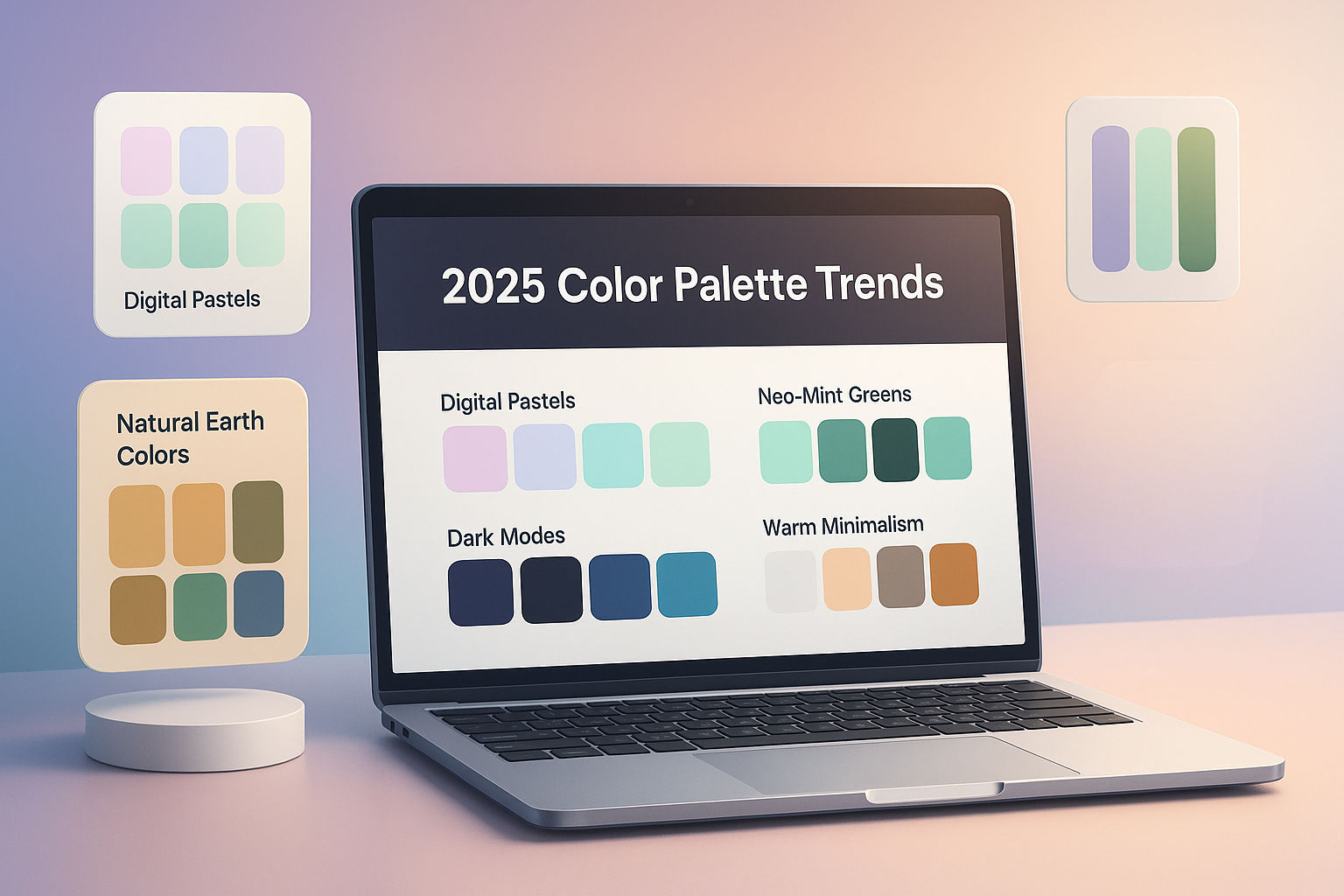
WebP vs PNG vs JPEG: Choosing the Right Format for Speed & Quality
When you upload images to your website, the format you choose can make a huge difference to loading speed, visual quality, and SEO performance.
In 2025, three formats dominate the web: WebP, PNG, and JPEG. But which one is right for you? Let’s break down their pros, cons, and best-use cases.
Why Image Format Matters
A well-chosen image format can:
- Make your website load up to 50% faster
- Reduce bandwidth usage
- Improve your Google Core Web Vitals score
- Keep visuals crisp across devices
Faster websites don’t just rank better — they also keep visitors engaged longer.
1. JPEG — The All-Rounder for Photos
JPEG (Joint Photographic Experts Group) has been around since 1992 and remains the go-to format for most photographs.
Advantages:
- Excellent compression ratio (small file size)
- Supported by all browsers and tools
- Ideal for photos and gradients
Disadvantages:
- Lossy compression — repeated saves reduce quality
- Not great for images with sharp lines or transparency
Best for:
Blog images, product photos, banners, and backgrounds.
Example:
A 1 MB PNG photo can often be reduced to 150 KB as a JPEG with little visible loss in quality.
2. PNG — The Sharp & Transparent Choice
PNG (Portable Network Graphics) is perfect when you need crystal-clear graphics and transparency.
Advantages:
- Lossless compression — retains full quality
- Supports transparent backgrounds
- Ideal for icons, text overlays, and screenshots
Disadvantages:
- Larger file sizes than JPEG/WebP
- Slower page load if used excessively
Best for:
Logos, UI elements, text-based graphics, and images requiring transparency.
3. WebP — The Modern, Efficient Format
WebP, developed by Google, combines the best of JPEG and PNG — offering high quality at smaller file sizes.
Advantages:
- Up to 35% smaller than JPEG at same quality
- Supports transparency like PNG
- Compatible with all major browsers (Chrome, Edge, Safari, Firefox)
- Supports animation (replaces GIFs)
Disadvantages:
- Slightly slower to encode
- Older systems or design tools may have limited support
Best for:
Almost everything — product images, hero banners, thumbnails, and backgrounds.
Recommendation
For modern websites, always prefer WebP when possible.
If you need transparency or high-detail icons, keep PNG versions handy.
Use JPEG only when you’re dealing with legacy systems or need quick compatibility.
Pro Tip:
Use Image-Resizer.net to easily convert PNG or JPEG images into WebP format with just one click — faster loading and sharper visuals guaranteed.
Bonus: How WebP Boosts SEO
- Faster loading = better user experience
- Google prefers lightweight pages
- Improved Core Web Vitals (LCP & FID) metrics
- Enhanced visibility in Google Image Search
Switching your site images to WebP can increase page speed scores by up to 30 points.
In 2025, WebP is the clear winner for performance and versatility, while PNG remains vital for transparency and JPEG for compatibility.
Before uploading your next image, ask yourself:
“Do I need transparency or speed?”
If speed wins — WebP is your best friend.
Try it now:
👉 Convert any image to WebP instantly at Image-Resizer.net
Ready to Try Our Tools?
Put what you've learned into practice with our free image processing tools.


